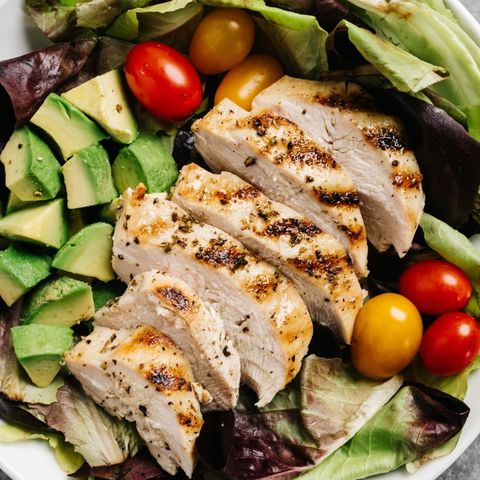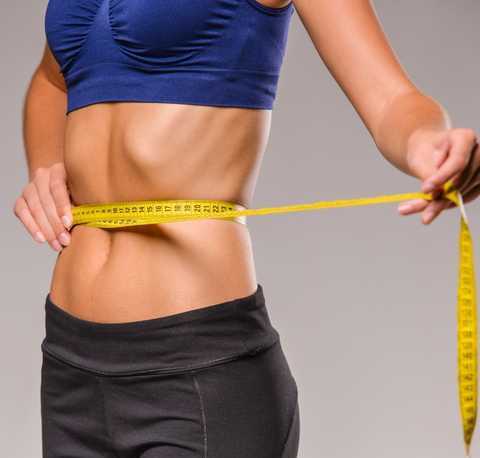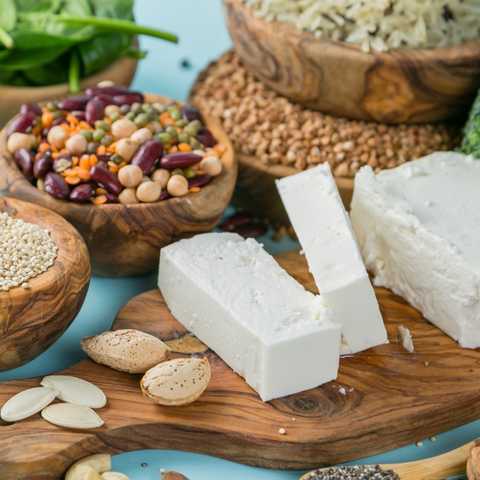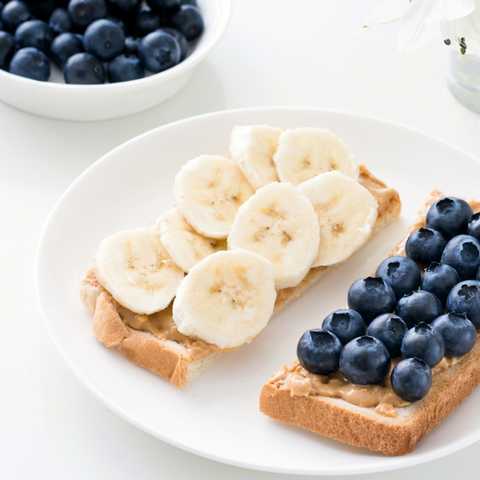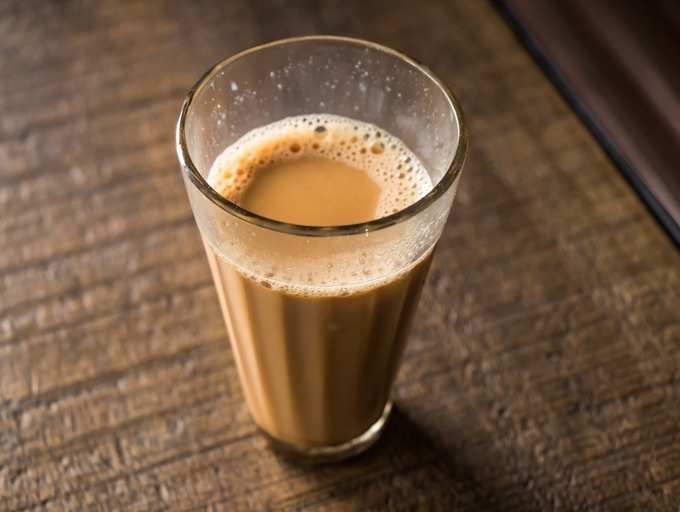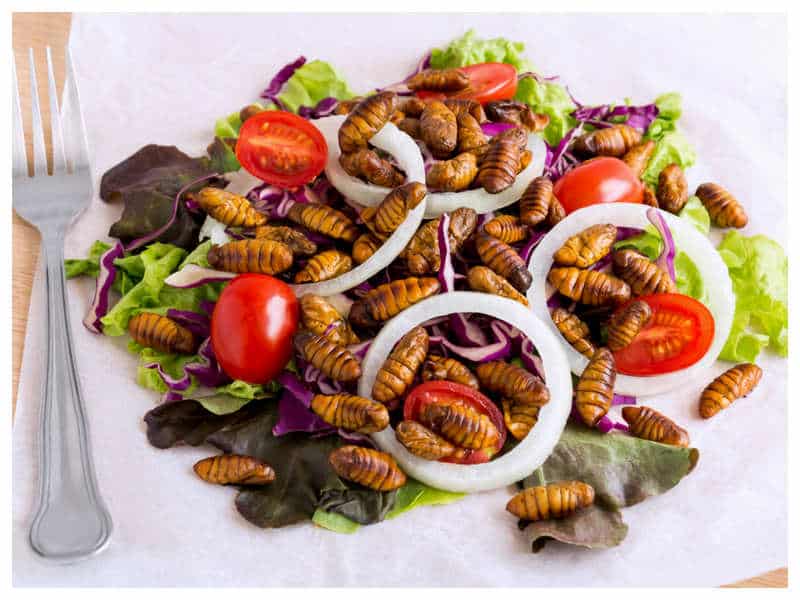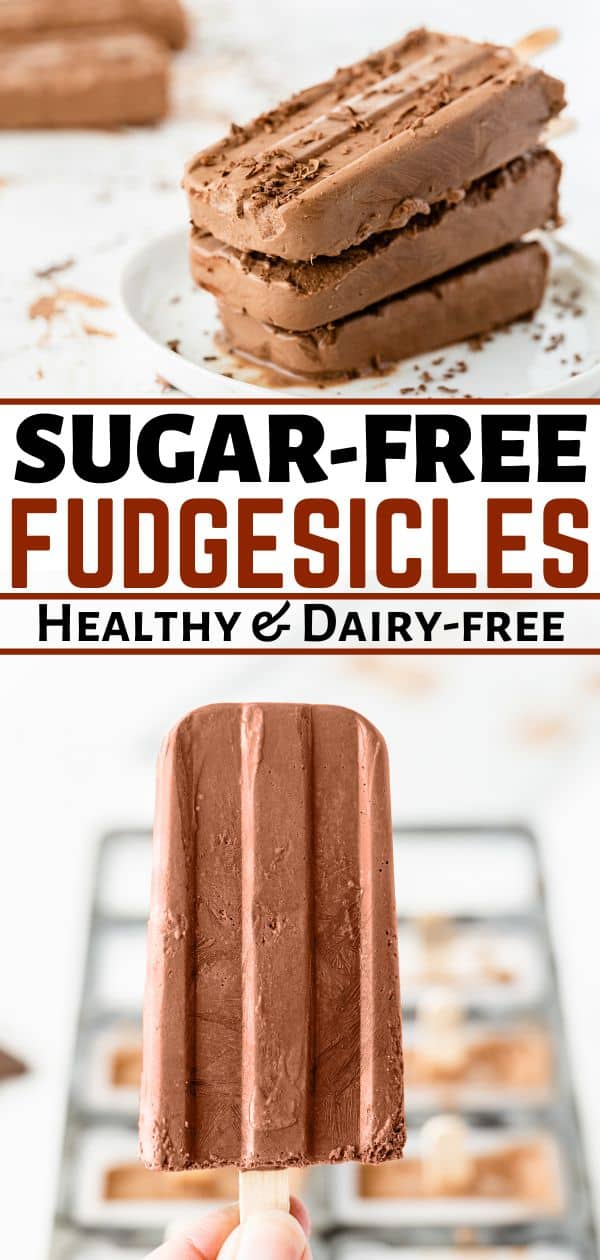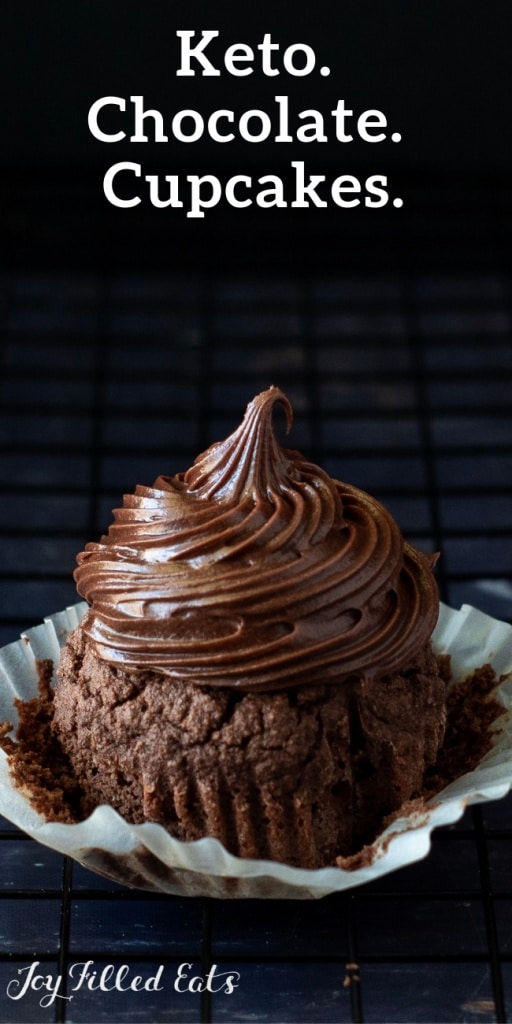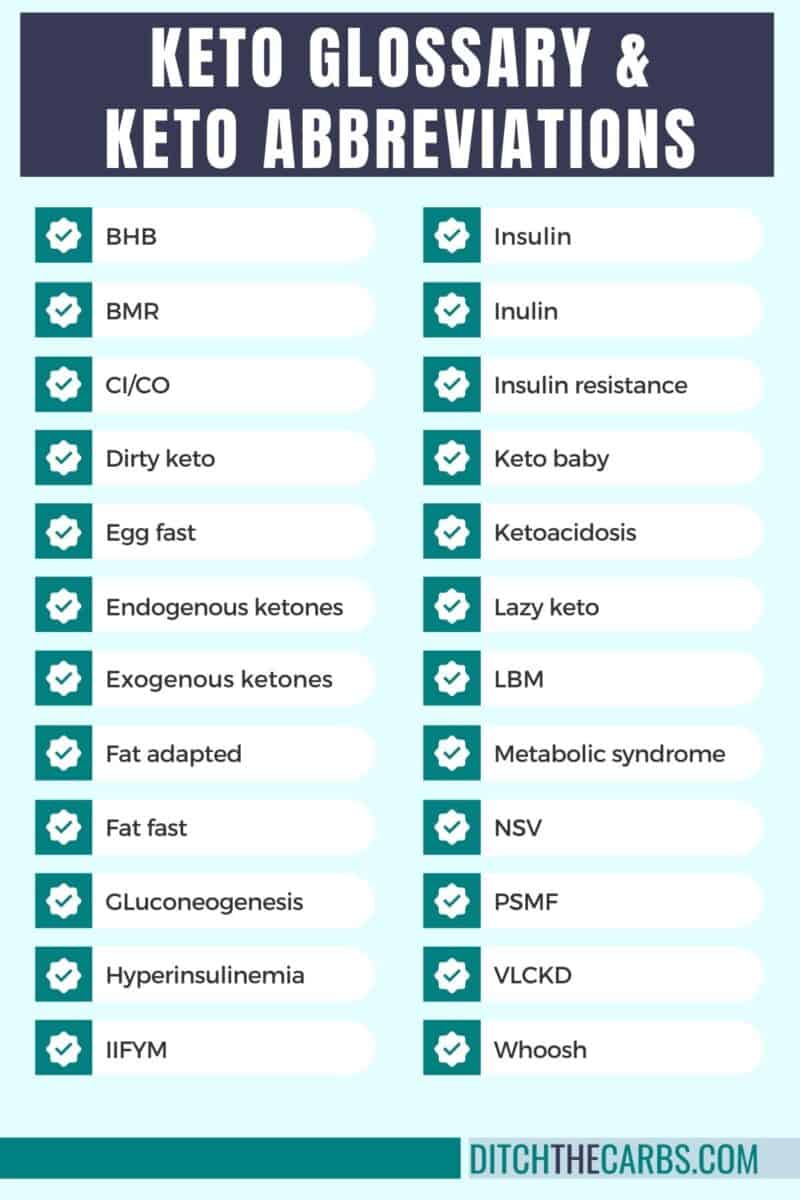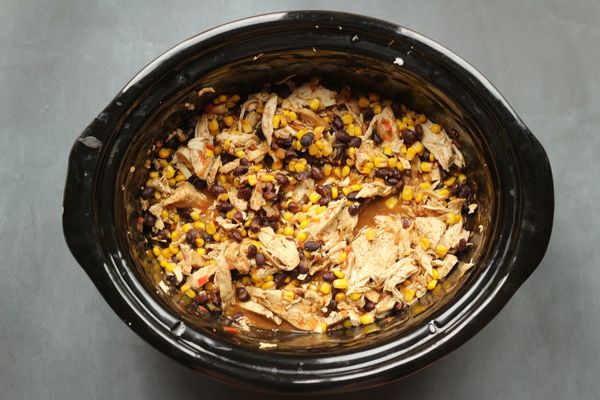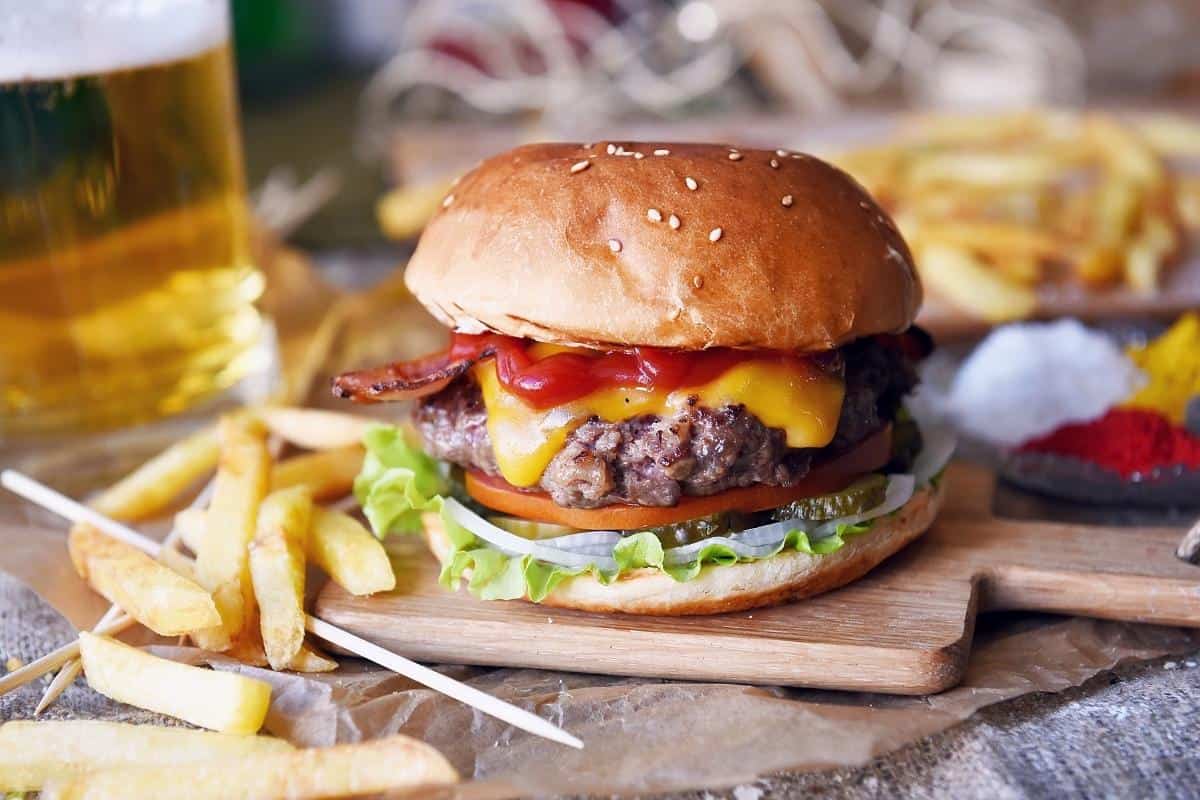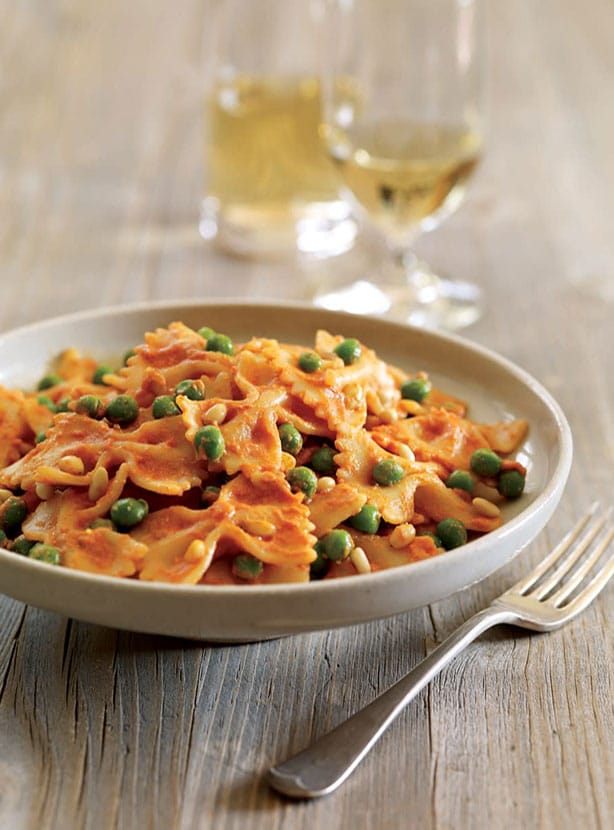There are so many potential choices that it’s likely you’ve come to a point somewhere in your dieting journey where you’re so unsure of which one to pick that you’re close to not following one at all.
But before you give up on eating healthier altogether, there’s a great option that can help you hit your goals while eating nutrient-dense foods and identifying any food sensitives you may have. The diet we’re talking about? Whole30.
Whole30 is an extreme thirty-day elimination diet to help you reset your dietary choices. During the first thirty days, you eliminate all processed junk, added sugar, alcohol, and more. If it seems restrictive, it is. However, you can reintroduce foods once the first thirty days are over.
One of the perks of this diet is that even during the elimination phase, you can eat as much as you want. No need to weigh and measure your meals or yourself, unless you have weight loss or muscle-building goals you’re trying to track. Ideally, just eat the approved foods for thirty days and see how things go.
If this sound like a compelling diet, read on as we’re about to discuss it in detail, along with a 7-day meal plan to support fat loss and muscle-building goals.
Table of Contents:
- What Is The Whole30 Meal Plan?
- Why Bodybuilders May Want To Try the Whole30 Meal Plan
- What Can You Eat On The Whole30 Meal Plan?
- What Should You Avoid Eating On The Whole30 Meal Plan?
- Your Daily Macros & Calories
- Your 7-Day Whole30 Grocery List
- 7-Day Whole30 Meal Plan For Muscle Building
- 7-Day Whole30 Meal Plan For Cutting
- What To Do After Whole30
- FAQs
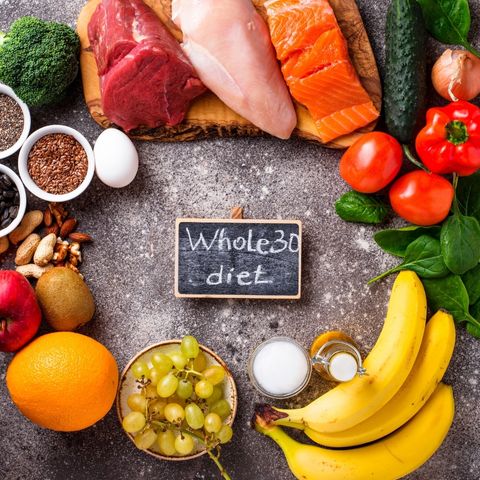
What is the Whole30 Meal Plan?
Whole30 was created by Melissa Urban in 2009 as a life-changing dietary experiment. The program is laid out in two phases. The first phase consists of a thirty-day nutritional reset, involving thirty days of elimination. You cut out legumes, grains, dairy, added sugar, alcohol, and all other junk for the first month, focusing on eating unprocessed whole foods. The menu will contain meat, eggs, seafood, fruits, vegetables, and natural fats.
The first thirty days are challenging, as lifters will have to temporarily part ways with their favorite protein powders, but the challenge and disciple required are part of why the Whole30 program is beneficial. Plus, there is no shortage of delicious recipes and meal plan ideas available, including the ones we’ve got in this article. For more inspiration, you can also grab one of the many books produced by the Whole30 team for more breakfast, lunch, and dinner recipes and meal plans.
Once the first thirty days are over, you begin the re-introduction phase, which lasts ten or more days. The idea is after you eliminate the specified foods for thirty days, you slowly bring food groups back to see how your body responds.
Reintroduce legumes first, followed by non-gluten-containing grains such as corn, rice, and oats. Next, try dairy products, and if all goes well, move on to gluten-containing grains like wheat. Last, you can have sugar, sweeteners, and alcohol.

Why Bodybuilders May Want to Try the Whole30 Meal Plan
On the surface, the Whole30 diet may not seem bodybuilding friendly, but there are a few reasons why lifters should give it a try.
1. It improves How You Feel:
It’s possible to have a food allergy or sensitivity to something you regularly eat, yet because our diets are typically so diverse, it is hard to identify the culprit without eliminating multiple foods. During the first thirty-day elimination period, you may find improved digestion, more energy to tackle your workout split, and resolved skin issues, among other things.
After the re-introduction phase, you’ll know what foods to keep in your everyday diet and which ones to eat sparingly, so you can continue feeling great.
2. Whole30 Supports Fat Loss:
Although Whole30 is not explicitly designed to be a weight loss diet, many people lose fat while following Whole30 principles. Reducing processed carbohydrates and adding more fruits and vegetables is a great way to lower calories and increase satiety.
3. Whole30 Includes More Nutrient-Dense Foods:
Following the Whole30 approach leads to more nutrient-dense foods. Many common bodybuilding foods are lower in vitamins and minerals, compared to options following Whole30. For example, if most carbohydrates come from rice and bread, replacing them with potatoes, sweet potatoes, and fruit will significantly increase the micronutrient profile of your diet.
And once you have some great meal and recipe ideas, it’s very likely that you’ll find eating this way isn’t as restrictive as it first seems.
4. It Incorporates More Whole Food Protein Sources:
The last point may sound like blasphemy, but bodybuilders may benefit from relying on something other than protein powder and bars to hit their protein goals. Yes, protein powder makes consuming a lot of protein very convenient. However, for the majority of bodybuilders, it’s likely been years since they went even a day without consuming protein supplements.
Look, there is nothing wrong with having a protein shake. But, you may find that thirty days of whole protein sources leads to better satiety, less snacking between meals, and improved digestion.

What Can You Eat on the Whole30 Meal Plan?
Since the Whole30 meal plan is an elimination diet, the food options are semi-limited. The foods allowed are similar to what you would find on a Paleo diet. To learn more about the Paleo diet, including a comprehensive list of what you can and can’t eat on it, along with inspiration for Paleo recipes, check out our article comparing keto vs paleo.
The premise of the Whole30 diet is to eat unprocessed whole foods. Meat, seafood, eggs, fruits, vegetables, potatoes (sweet and white), and natural fats are allowed. If you enjoy your morning jolt of caffeine, don’t worry! Coffee and tea are both permitted.
The Whole30 approach is all about creating healthy eating habits. It’s not a low-carb or low-fat diet. You don’t have to track calories or weigh or measure food as long as you eat within the approved guidelines.

What Should You Avoid Eating on the Whole30 Meal Plan?
The short answer is that if food is not whole or unprocessed, it needs to be avoided on the Whole30 diet. This means for the first thirty days of the program, don’t eat anything with added sugar or artificial sweeteners or alcohol in any capacity. In addition, grains, legumes, or dairy must also be avoided.
However, there are a few exceptions.
For dairy products, you can have ghee or clarified butter. You can also have no-sugar-added fruit juice, even though it will still be relatively high in natural sugars. Although green beans and peas are technically legumes, both are allowed.
Miscellaneous things like vinegar, coconut aminos, herbs, spices, and seasonings are also allowed.
One area where the Whole30 diet differs from similar diets, like, for example, the 80 20 rule diet or counting macros, is it doesn’t allow for the recreation of treats with approved foods. So, you can’t make almond flour pancakes or coconut banana ice cream. The reason is to help you cut down on foods that are easy to overeat. If a sweet tooth hits midday, you’ll have to settle for a fresh fruit lunch instead.
A helpful tip: Avoid stepping on a scale to check your body weight or perform circumference measurements during the thirty-day elimination period. Obviously, if you have specific weight loss or muscle-gaining goals, avoiding the scale might not be possible. But, remember, the elimination period’s goal is more than weight loss or body composition change. It’s about creating better habits, and spending too much time evaluating progress may distract from that.

Your Daily Macros & Calories on Whole30
The first step in creating a meal plan is determining your daily macros and calories. Before you can put food on a plate, it helps to know how much you need.
As simple as it sounds, everything with nutrition breaks down to calories in vs. out. To build muscle, you must consume more calories than your body requires. And for weight loss, you need to consume fewer calories than your body requires.
Everyone has specific calorie needs based on body weight, composition, and activity level. Calories needs are represented by total daily energy expenditure (TDEE).
There are many different formulas for calculating TDEE, but an easy one-step option is to multiply your body weight by 14 to 16.
For example, a moderately active 165lb person would calculate their TDEE by the following formula: 165 x 15 = 2475 TDEE.
In this example, the individual would theoretically maintain their body weight if they consistently ate 2475 calories. Once you know your TDEE, you can adjust calories up or down based on your goals.
Calories & Macros For Muscle Gain:
Building muscle requires a surplus of calories. However, contrary to popular belief, you don’t have to force-feed yourself during a bulk. In fact, only adding 15-20% calories above TDEE is a great place to start.
In our example, adding 15% to 2475 would give you 370 extra calories.
- 165lbs x 15 = 2475 calories
- 2475 x 15% (370) = 2845 calories
From there, we have to distribute the macronutrients. Start with determining how much protein you need per day to build muscle, as protein is an essential nutrient for bulking and fat loss. The current literature supports eating between .7-1g of protein per pound of body weight to build and maintain muscle1.
Once you calculate protein intake, all that is left to figure out is fat and carbohydrates. Healthy fats are an essential nutrient that regulates hormones, boosts brain function, and aids joint health. On the Whole30 diet, a good starting place for fat intake is around thirty percent of total calories. All of the remaining calories will come from carbohydrates.
- Calories: 2845
- Protein: 165g (1g per pound of body weight)
- Fat: 95g (30% of total calories)
- Carbohydrates: 330g (remaining calories)
Calories & Macros For Weight Loss:
Weight loss requires the opposite setup. Instead of adding calories to TDEE, we take them away.
One pound of body fat is roughly 3500 calories worth of stored energy. Therefore, you need a calorie deficit of 500 calories daily (500 x 7 days per week = 3500 calories) to lose one pound per week. Losing one to two pounds weekly is a good starting range.
In our example, subtracting 500 calories from the calculated TDEE would leave us with 1975 calories (2475 – 500 = 1975).
Here is how the macronutrients breakdown:
- Calories: 1975
- Protein: 165g (1g per pound of body weight)
- Fat: 65g (30% of total calories)
- Carbohydrates: 185g (remaining calories)
One thing to consider: Increasing your protein count during a cutting phase may help ensure you preserve all of your muscle mass. This means you may want to consume even more than 1g of protein per serving. If so, adjust your other macros accordingly.

Your 7-Day Whole30 Meal Planning Grocery List
Here is everything you need for your 7-day bulking and 7-day cutting meal plans.
Meat, Seafood, Eggs:
- Eggs
- Chicken Breast and Thighs
- Chicken Sausage
- Can of Tuna
- Sirloin, NY Strip, Top Round
- Beef Jerky
- Turkey Breast
- Pork Chops and Pork Loin
- Ham
- Salmon
- White Fish
Fruits and Fruit Juice:
- Apples
- Pears
- Bananas
- Oranges
- Blueberries
- Orange Juice
- Grape Juice
Vegetables:
- Broccoli
- Asparagus
- Carrots
- Salad Mix
- Green Beans
- Green Peas
- Spinach
- Peppers
- Onions
- Butternut Squash
- Sweet Potatoes
- Russet Potatoes
- Red Potatoes
Fats:
- Coconut Oil
- Olive Oil
- Ghee
- Almonds and Almond Butter
- Walnuts
Drinks:
- Coffee
- Almond Milk
Your 7-Day Whole30 Meal Plan For Muscle Building
Thanks to the Whole30 diet meal plan we’re about to go over, you can build muscle while eating ultra-nutritious foods.
One important note: You’ll randomly find snacks labeled as “intra workout snacks” in this muscle-building meal plan. These are snacks you can consume about 30 minutes into your workout. If an intra-workout snack is built into a day in which you aren’t working out, simply move that snack to a different day.
Moving your intra-workout snack may skew your macro numbers for the day, but it will even out throughout the week.
Monday:
Daily nutrition breakdown: 2814 calories, 168g protein, 306g carbs, 102g fat
|
Breakfast: |
6 whole eggs |
Nutrition Info: |
|
Lunch: |
6oz chicken breast |
Nutrition Info: |
|
Dinner: |
6oz sirloin |
Nutrition Info: |
|
Snack: |
1 can of tuna |
Nutrition Info: |
Tuesday:
Daily nutrition breakdown: 2792.5 calories, 167g protein, 323g carbs, 92.5g fat
|
Breakfast: |
2 whole eggs |
Nutrition Info: |
|
Lunch: |
6oz turkey breast |
Nutrition Info: |
|
Dinner: |
8oz chicken thighs |
Nutrition Info: |
|
Snack: |
3oz no-sugar added beef jerky |
Nutrition Info: |
Wednesday:
Daily nutrition breakdown: 2827 calories, 174g protein, 319g carbs, 95g fat
|
Breakfast: |
4 whole eggs |
Nutrition Info: |
|
Lunch: |
5oz chicken breast |
Nutrition Info: |
|
Dinner: |
8oz salmon |
Nutrition Info: |
|
Snack: |
1 can of tuna |
Nutrition Info: |
Thursday:
Daily nutrition breakdown: 2773 calories, 166g protein, 336g carbs, 85g fat
|
Breakfast: |
2 whole eggs |
Nutrition Info: |
|
Lunch: |
5oz chicken breast |
Nutrition Info: |
|
Dinner: |
6oz salmon |
Nutrition Info: |
|
Snack: |
5oz top round |
Nutrition Info: |
Friday:
Daily nutrition breakdown: 2891.5 calories, 167g protein, 336.5g carbs, 97.5g fat
|
Breakfast: |
6 whole eggs |
Nutrition Info: |
|
Lunch: |
5oz white fish |
Nutrition Info: |
|
Dinner: |
6oz pork chop |
Nutrition Info: |
|
Snack: |
3oz no-sugar added beef jerky |
Nutrition Info: |
Saturday:
Daily nutrition breakdown: 2845.5 calories, 174g protein, 336g carbs, 89.5g fat
|
Breakfast: |
2 whole eggs |
Nutrition Info: |
|
Lunch: |
5oz turkey breast |
Nutrition Info: |
|
Dinner: |
6oz New York strip |
Nutrition Info: |
|
Snack: |
3oz no-sugar added beef jerky |
Nutrition Info: |
Sunday:
Daily nutrition breakdown: 2763.5 calories, 157g protein, 337g carbs, 87.5g fat
|
Breakfast: |
6 egg whites |
Nutrition Info: |
|
Lunch: |
5oz chicken breast |
Nutrition Info: |
|
Dinner: |
6oz pork loin |
Nutrition Info: |
|
Snack: |
3oz no sugar added beef jerky |
Nutrition Info: |
Your 7-Day Whole30 Meal Plan For Cutting
Trying to follow a cutting plan while following the 7 day Whole30 diet? This plan, packed with healthy Whole 30-approved foods, will get you started!
Monday:
Daily nutrition breakdown: 2027 calories, 169g protein, 187g carbs, 67g fat
|
Breakfast: |
2 whole eggs |
Nutrition Info: |
|
Lunch: |
6oz chicken breast
8oz sweet potato |
Nutrition Info: |
|
Dinner: |
8oz sirloin
8oz russet potato |
Nutrition Info: |
|
Snack: |
1 can of tuna |
Nutrition Info: |
Tuesday:
Daily nutrition breakdown: 2020.5 calories, 170g protein, 190g carbs, 64.5g fat
|
Breakfast: |
2 whole eggs |
Nutrition Info: |
|
Lunch: |
6oz turkey breast
Large green salad |
Nutrition Info: |
|
Dinner: |
8oz chicken breast |
Nutrition Info: |
|
Snack: |
3oz no-sugar added beef jerky 3oz baby carrots ~25 almonds |
Nutrition Info: |
Wednesday:
Daily nutrition breakdown: 1968 calories, 163g protein, 185g carbs, 64g fat
|
Breakfast: |
2 whole eggs |
Nutrition Info: |
|
Lunch: |
6oz chicken breast |
Nutrition Info: |
|
Dinner: |
8oz salmon
8oz sweet potato |
Nutrition Info: |
|
Snack: |
1 can of tuna |
Nutrition Info: |
Thursday:
Daily nutrition breakdown: 1937 calories, 157g protein, 190g carbs, 61g fat
|
Breakfast: |
2 whole eggs |
Nutrition Info: |
|
Lunch: |
5oz chicken breast |
Nutrition Info: |
|
Dinner: |
6oz salmon |
Nutrition Info: |
|
Snack: |
6oz top round |
Nutrition Info: |
Friday:
Daily nutrition breakdown: 1966.5 calories, 163g protein, 188g carbs, 62.5g fat
|
Breakfast: |
6 whole eggs |
Nutrition Info: |
|
Lunch: |
5oz white fish |
Nutrition Info: |
|
Dinner: |
6oz pork loin
8oz butternut squash |
Nutrition Info: |
|
Snack: |
3oz no-sugar added beef jerky
1 cup blueberries |
Nutrition Info: |
Saturday:
Daily nutrition breakdown: 1960.5 calories, 167g protein, 187g carbs, 60.5g fat
|
Breakfast: |
2 whole eggs |
Nutrition Info: |
|
Lunch: |
5oz turkey breast |
Nutrition Info: |
|
Dinner: |
7oz sirloin |
Nutrition Info: |
|
Snack: |
3oz no-sugar added beef jerky |
Nutrition Info: |
Sunday:
Daily nutrition breakdown: 1878.5 calories, 158g protein, 180g carbs, 58.5g fat
|
Breakfast: |
6 egg whites 6oz red potatoes 1 medium banana 32g almond butter |
Nutrition Info: |
|
Lunch: |
6oz chicken breast
8oz sweet potato |
Nutrition Info: |
|
Dinner: |
6oz pork loin |
Nutrition Info: |
|
Snack: |
3oz no sugar added beef jerky
1 medium orange |
Nutrition Info: |
What To Do After Following These 7-Day Whole30 Meal Plans
After following the 7-day meal plan for bulking or cutting, you should have a good sense of how to follow this diet. You can continue following the meal plan as written or play around with different food options. An example of this is taking our suggested can of tuna salad to eat as a snack and turning it into a meal, like a tuna salad packed with veggies and topped with olive oil, for week two.
Instead of almond milk during one week, you can add some full-fat coconut milk to your coffee instead. You can also create an easy lunch or dinner meal simply by serving cauliflower rice with veggies and a lean protein. The possibilities for delicious meals are endless!
In addition, if you are just following Whole30 to identify food sensitivities with certain foods but don’t have weight loss or weight gain goals, you can use of the meal plans we discussed above and just not track or worry about your portion sizes.
Remember, as long as you stick to the approved foods, you can have an endless amount of meals. Take advantage of the many easy and delicious recipes online and in the Whole30 books for even more options.
Alternatively, if you’re just not big on spending time researching and prepping Whole30 meals, consider a food delivery service, like Trifecta, which offers a Whole30 meal plan option. It’s a great meal prep option and helps cut down on accidentally purchasing too much food at the store, helping to reduce potential food waste.
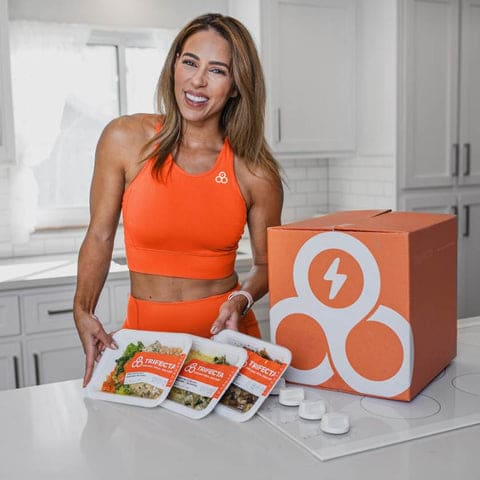
What Should You Do After 30 Days on Whole30?
After the initial thirty days of this healthy diet, begin the re-introduction phase. Start by adding in legumes. A great option is black beans or peanut butter. Eat those foods for a few days and see how your body feels. If all goes well, try some non-gluten-containing grains. A bowl of oatmeal at breakfast or some rice at lunch would work.
Next, throw in some dairy. A snack of Greek yogurt or even a protein shake would suffice. The key is to be patient. After introducing food, allow a few days to pass so you can see how it makes you feel. The last steps are gluten-containing grains, added sugar, and alcohol.
The Whole30 diet is not meant to be a forever diet. Of course, you can follow the Whole30 principles for life, but adhering to the rules strictly gets stressful. Besides, it is a good idea to treat yourself every once in a while. After the re-introduction period, use what you learned from the experience and allow it to shape your eating in the future.
Once you know which foods make you feel good, along with those that don’t, you may find it easier to settle on a life-long eating diet. For example, if you find that veggie protein sources make you feel best, a vegan bodybuilding diet may be the perfect meal plan for you to follow long term.
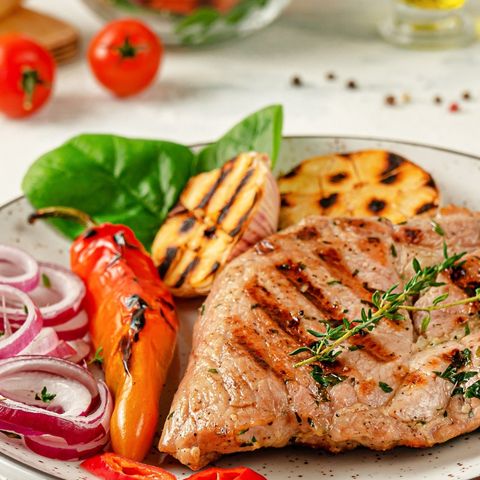
FAQs
Let’s take a look at some frequently asked Whole30 questions and their answers.
Do you lose weight on Whole30?
Yes, you can lose weight on Whole30. However, Whole30 is not primarily a weight-loss diet. The goal is to help you create better eating habits, identify food sensitivities, and restore a healthy relationship with food.
What is the Whole30 meal plan?
The Whole30 meal plan is a diet based on the Whole30 dietary principles. Every meal fits the requirements of the first thirty days of the Whole30 elimination phase.
Are bananas allowed on Whole30?
Yes, bananas and all other fruit is allowed on Whole30.
What are the do’s and don’ts of Whole30?
During the first thirty days of Whole30, eat real food. You can have all the meat, seafood, eggs, fruits, and vegetables you want. However, don’t eat processed foods, grains, legumes, dairy, added sugar, alcohol, or “healthy” baked goods.
What do you do after the first 30 days of Whole30?
After the first thirty days of Whole30, begin the re-introduction phase. Slowly add foods to your diet during this period to determine how your body handles them.
Interested in trying Whole30 without the hassle of grocery shopping, recipe research, and food prep? Check out our article on Trifecta Meals, which features a Whole30 meal plan option. You’ll get all of the Whole30 benefits with minimal time spent in the kitchen!
